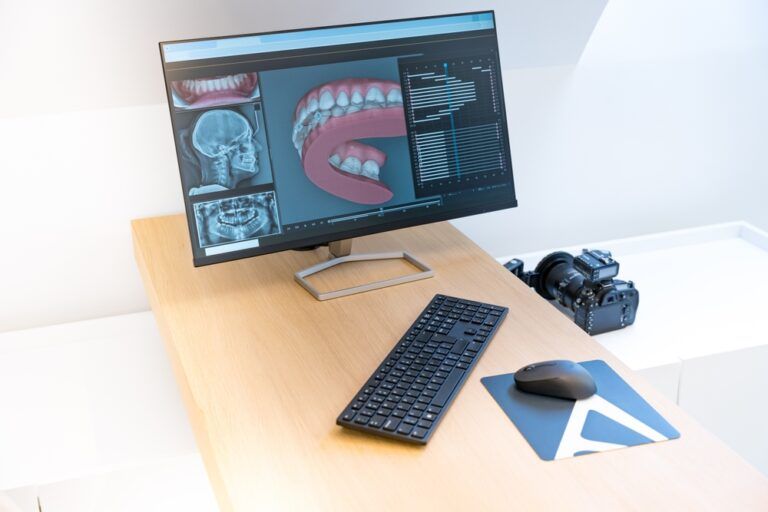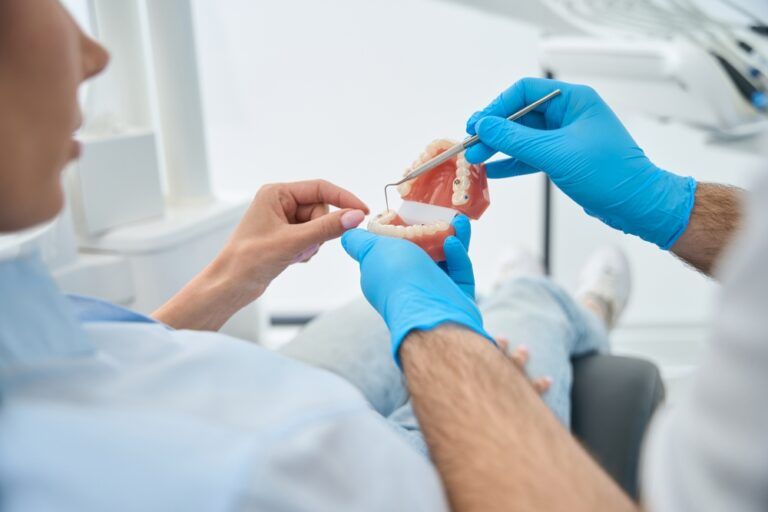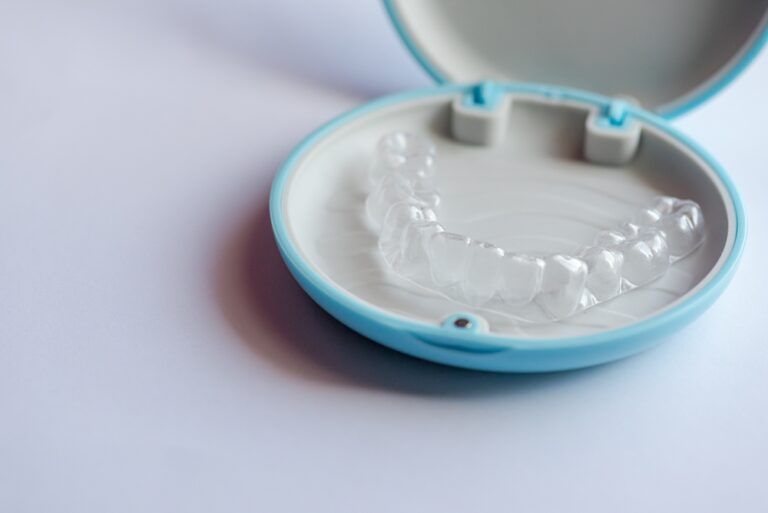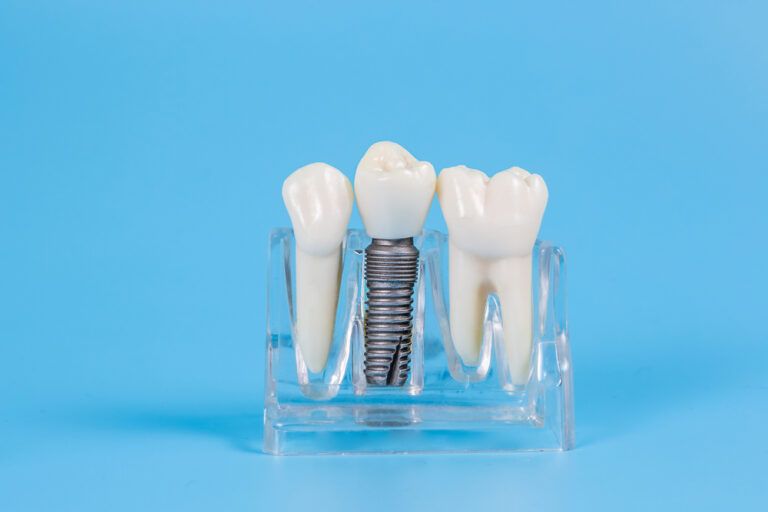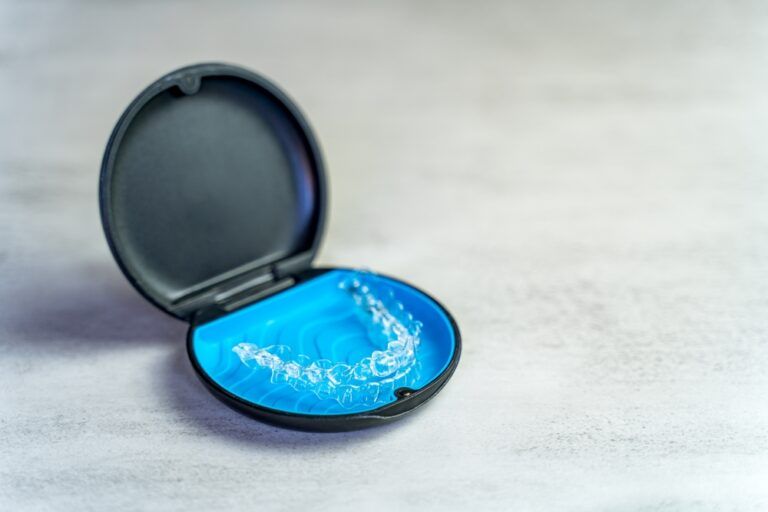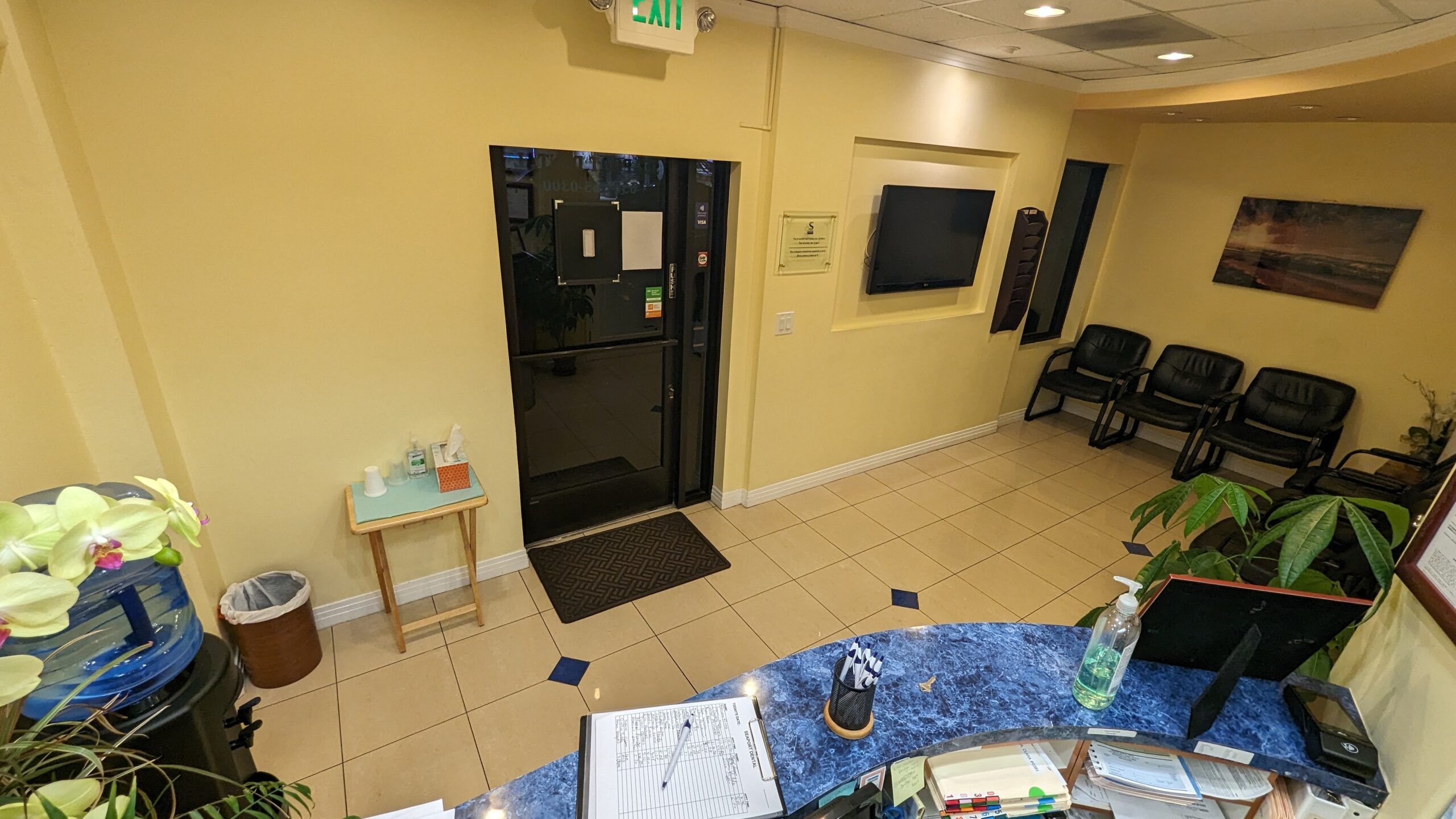Dental emergencies can happen when you least expect them, turning a regular day into a stressful situation. Knowing how to respond quickly and effectively is crucial, whether it’s a knocked-out tooth, a severe toothache, or a broken crown. This blog outlines the essential steps to take during a dental emergency, helping you manage the situation until you can see your dentist.
Common Types of Dental Emergencies
Understanding what constitutes a dental emergency is the first step in being prepared. While some dental issues can wait for a scheduled appointment, others require immediate attention. Here are some of the most common dental emergencies and why they need prompt care.
1. Knocked-Out Tooth
A knocked-out tooth is one of the most urgent dental emergencies. If handled correctly, the tooth can often be re-implanted, but time is of the essence. The best chance of saving the tooth is within 30 minutes to an hour after it has been knocked out.
2. Severe Toothache
Toothaches can range from mild discomfort to excruciating pain. A severe toothache may indicate an underlying issue, such as an infection, that requires immediate attention. Ignoring the pain can lead to more significant complications.
3. Cracked or Broken Tooth
A cracked or broken tooth can cause pain and make the tooth vulnerable to further damage. Depending on the severity, it may require immediate treatment to prevent infection or loss of the tooth.
4. Lost Filling or Crown
While not as urgent as a knocked-out tooth, losing a filling or crown can expose the tooth to damage and sensitivity. Prompt action can prevent further complications and discomfort.
5. Abscessed Tooth
An abscessed tooth is a serious infection that can spread to other parts of your body if not treated quickly. Symptoms include severe pain, swelling, fever, and a bad taste in your mouth. This condition requires immediate dental care.
Immediate Actions to Take During a Dental Emergency
Knowing what to do in the first moments after a dental emergency can make a significant difference in the outcome. Here are the steps you should follow for each type of dental emergency.
For a Knocked-Out Tooth
- Retrieve the Tooth: Handle the tooth by the crown (the part you chew with) and avoid touching the root.
- Rinse the Tooth: If dirty, gently rinse the tooth with water. Do not scrub or remove any tissue fragments attached to the tooth.
- Reposition the Tooth: If possible, try to place the tooth back in its socket. Hold it in place by biting down gently on a piece of gauze or a clean cloth.
- Keep the Tooth Moist: If you can’t reinsert the tooth, place it in a container of milk, saline solution, or your saliva. Keeping the tooth moist is crucial for its survival.
- See a Dentist Immediately: Time is critical. Contact Seaport Family Dental in Redwood City, CA, or visit an emergency room as soon as possible.
For a Severe Toothache
- Rinse Your Mouth: Use warm water to rinse your mouth thoroughly.
- Floss Gently: Remove any food particles or debris that might be causing the pain.
- Apply a Cold Compress: Place a cold compress on the outside of your cheek to reduce swelling and numb the pain.
- Take Over-the-Counter Pain Relievers: Use ibuprofen or acetaminophen to manage pain, but avoid placing aspirin directly on the gums as it can cause tissue damage.
- Contact Your Dentist: Call Dr. Steve Deng at Seaport Family Dental to schedule an emergency appointment.
For a Cracked or Broken Tooth
- Rinse Your Mouth: Clean the area with warm water.
- Save Any Pieces: If possible, collect any fragments of the tooth and bring them with you to the dentist.
- Apply a Cold Compress: To minimize swelling, apply a cold compress to the outside of your cheek.
- Take Pain Relievers: Use over-the-counter medication to alleviate pain until you can see your dentist.
- See Your Dentist: Schedule an emergency visit to Seaport Family Dental as soon as possible.
For a Lost Filling or Crown
- Keep the Area Clean: Rinse your mouth with warm water to keep the area clean.
- Use Temporary Filling Material: If you can’t get to the dentist right away, you can use over-the-counter temporary filling material to protect the tooth.
- Avoid Hard Foods: Stick to soft foods and avoid chewing on the affected side of your mouth.
- See Your Dentist: Schedule an appointment with Dr. Steve Deng to have the filling or crown replaced.
For an Abscessed Tooth
- Rinse with Salt Water: Use a saltwater rinse to help draw out the infection and reduce pain.
- Take Pain Relievers: Manage the pain with over-the-counter medications.
- Apply a Cold Compress: Reduce swelling by applying a cold compress to the outside of your face.
- Seek Immediate Dental Care: An abscessed tooth is a serious condition that requires prompt treatment. Contact Seaport Family Dental or visit an emergency room.
Preventing Dental Emergencies
While not all dental emergencies can be prevented, taking certain precautions can reduce your risk. Here are some tips to help you avoid common dental emergencies.
1. Maintain Good Oral Hygiene
Regular brushing and flossing can prevent many dental issues that could lead to emergencies. Make sure to visit Seaport Family Dental for routine cleanings and check-ups.
2. Wear a Mouthguard
If you play sports or grind your teeth at night, wearing a mouthguard can protect your teeth from injury.
3. Avoid Hard Foods
Be cautious with foods that are hard or sticky, as they can crack or break your teeth. Also, avoid using your teeth as tools to open packages or bottles.
4. Address Dental Issues Early
Don’t ignore minor dental problems. What starts as a small cavity or chip can turn into a more serious issue if left untreated.
Ensuring Long-Term Oral Health After a Dental Emergency
After you’ve dealt with the immediate emergency, it’s important to follow up with appropriate dental care to ensure your long-term oral health. Dr. Steve Deng at Seaport Family Dental can provide the necessary treatments to restore your smile and prevent future issues.
Depending on the type of emergency, you may need additional treatments such as a root canal, a crown, or even dental implants. It’s also essential to monitor the affected area for any signs of infection or further damage.
Building Resilience Against Future Dental Emergencies
Dealing with a dental emergency can be stressful, but by taking the right steps and following up with comprehensive care, you can build resilience against future issues. At Seaport Family Dental, we are committed to helping you maintain optimal oral health, even in the face of unexpected challenges. By understanding how to respond to emergencies and taking preventive measures, you can protect your smile for years to come.
Sources:
- Andersson, L., Andreasen, J. O., Day, P., & Heithersay, G. (2012). Guidelines for the management of traumatic dental injuries: 2. Avulsion of permanent teeth. Dental Traumatology.
- Flores, M. T., Andersson, L., Andreasen, J. O., Bakland, L. K., Malmgren, B., & Barnett, F. (2007). Guidelines for the management of traumatic dental injuries: Fractures and luxations of permanent teeth. Dental Traumatology.
- Saini, R. (2011). Dental Emergencies: First Aid Management. Journal of Dental Sciences and Research.


